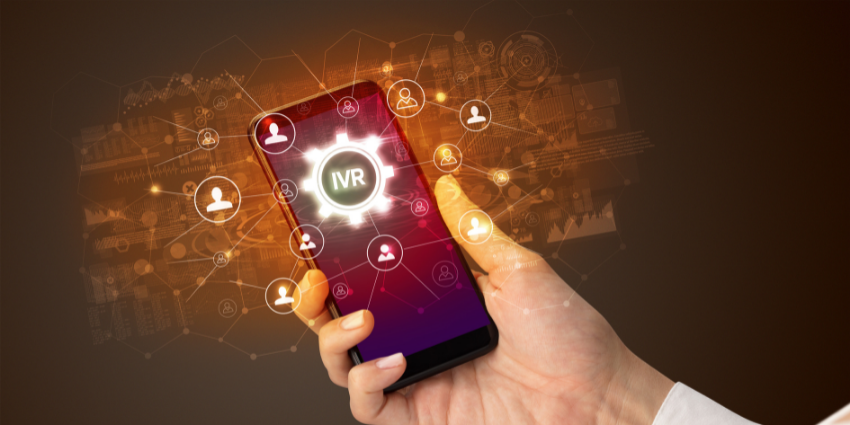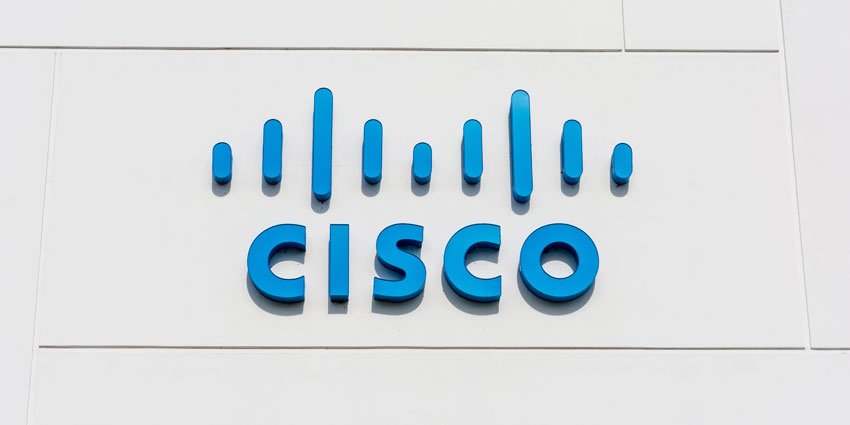Interactive voice response (IVR) systems have long been a staple of customer service, but complex menus and navigation can be incredibly frustrating using traditional IVR. That’s why companies are looking at smarter options; for example, AI-based IVR could enjoy up to 55% adoption. Another alternative to traditional IVR – arguably easier to implement with lesser barriers to entry – is visual IVR.
Visual IVR converts those cumbersome audio and keypad-based self-service navigation systems into a GUI menu. Here’s why that makes such a big difference.
Understanding Visual IVR: Definition and Trends
You can define visual IVR as a self-service system where the customer interacts with a visual interface using touch or click, from a mobile or desktop device. It offers an app-like self-service experience without having the user download an app, and replaces voice-based instructions with a GUI menu. Customers don’t need to dial a number to reach a voice assistant. They can simply open the self-service portal using a web browser and launch the visual IVR menu.
A survey found that 80% of customers would be open to using visual IVR, compared to just 50% for traditional touchtone (keypad) and voice-based navigation.
One visual IVR provider found that the technology could reduce your average time to resolution by a staggering 300 seconds per call, as customers are routed to the right agent and most of the information is already entered into the system, thanks to the visual interface. A whopping 75% of interactions were contained within the IVR system itself, without requiring a live agent.
5 Signs You Need Visual IVR Technology
Visual IVR can significantly improve contact centre performance by providing agents with more information and reducing their workloads. Here’s how to gauge if you need one:
- You are facing very high call volumes – Visual IVR can filter out the most common queries during peak periods and help you maintain customer experience with an optimised headcount
- You are serving a varied cross-section of demographics – Visual IVR is extremely easy to use, ideal for a customer base that cuts across linguistic backgrounds, age and different levels of digital literacy
- You have a sizable knowledge repository – An existing knowledge repository can be connected with visual IVR to conveniently surface relevant information for the customer
- Your customer queries vary hugely in complexity – Some sectors, like banks, address the entire spectrum of queries from very simple to uniquely complex. Visual IVR helps to address simpler queries without human intervention and increase your IVR call containment rate
- You already have a mobile app – a mobile app is an ideal place to start implementing IVR, as customers will be already used to a GUI menu system.
Key Benefits and an Important Consideration
Visual IVR can prove extremely beneficial for companies serving a very large audience, as it reduces costs without compromising on CX quality. It is also easy to adapt for multilingual audiences and can integrate with your omni-channel presence. But do keep in mind the difference between visual IVR and chatbots, as the former is still restricted by an IVR system’s logical limits and may need human intervention at some point.







